Branding for the web - how to make your brand work digitally.
Your website is your main digital application and it needs to reflect your brand and work well with your other digital channels.
To help you understand how to make your brand work digitally, I interviewed Clare Blackstock from Blade Creative.
What are the main online / digital applications of a visual brand and a logo? Where will it appear?
Your logo will appear on your website of course, but you also need to consider brand colours, fonts, whether your images match your brand’s personality and the tone of voice you use in your web copy. Your brand is more than your logo.
Your logo will also appear on social media channels, in your profile pictures and banners as well as in the images that you choose to use. Consider using an application such as Canva for work’s brand kit which will help you keep your brand and imagery consistent.
Online advertising / directories (for example Google My Business, local community directories)
Email communication - from EDMs (email marketing / newsletters) to your personal email signature
What are the practical considerations for each of these applications?
FOR WEBSITE:
Logo: navigation menu at the top of your website (where your logo will typically appear) can have limited space, you’ll need to make sure that the logo is the correct dimensions to be clear in this position – for example a stacked logo that looks great in print might not work in this position.
Think about whether you need a reversed or single colour version of your logo for your footer.
Elements of your logo could appear on images, perhaps as a watermark
Style Guide: to make sure that your brand is always portrayed consistently It’s important to have all the information that goes with your brand written down in a style guide or logo specification document. This includes things like logo fonts, paired web fonts, colours and logo variations.
Website Images: when you select images for your website make sure they work with your brand and fit your brand’s personality – get your brand designer to help.
FOR SOCIAL MEDIA:
Have a recognisable icon that works in all platforms for profile picture and use brand imagery as cover photo (this could be part of your logo, perhaps a monogram or your logo icon)
FOR ONLINE ADVERTISING:
Make sure your logo is flexible and can with alternative layouts – square, horizontal, stacked… If it doesn't fit ask your graphic designer for help.
FOR EMAIL:
Brand your email signature with a banner or simply with your logo. You can also use your email signature as a space to advertise special offers or update seasonally.
An example of a style guide created by Blade for Think Bespoke
An example for a good use of branded images that work well with overall brand - Sam Says
An example for brand used on social media for Eat Sweet (profile pictures and banners)
Example for online Directory Ad with Houzz (Mg Gardens)
Example for email signature (SwimRight)
What file types work best online?
JPG or PNG work best online.
Check for colour consistency as sometimes a colour will look different if it has been converted incorrectly from a print file.
Make sure you ask your graphic designer for digital ready RGB files that are suitable for use on screen .
Tell me about your business and who you can help?
I’m a brand specialist and I help my clients bring their business to life via their visual brand. I offer brand consultancy, brand design (logo design), print design and packaging design. I also work with established businesses to deliver brand audits, strategy and re-brands.
Blade is brain child of Clare Blackstock and she's been working in corporate communications since 1996. She’s worked within big corporations and in big agencies in the UK, but now, in Australia, she’s had the chance to focus on two things – SMEs and her love of visual communication.
At blade creative we specialise in design for branding, print and packaging. However we collaborate with a network of trusted web developers, photographers, social media and marketing specialists so, together, we can build an extended team who can help you with all your marketing and communications requirements.







